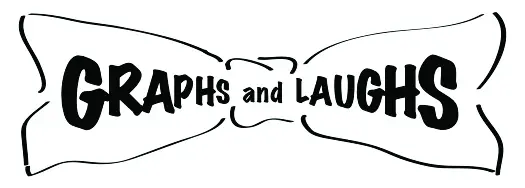Econ70
GDP in 22Q1 was -1.6% annualized, 22Q2 looks to come in at -2% annualized. Yet job growth in 22H1 was superb, averaging 456K/month. How can this be? Are firms hoarding workers despite falling sales because bosses expect a mild downturn…
Read MoreJune net job growth was much stronger than expected, and well above a sustainable pace at 372,000. Moreover, the labor force participation dipped by a tenth to 62.2%. The Fed will raise the Fed funds rate by another 75bps at…
Read MoreIn early 1972, with the fed funds rate at 3%, the Fed began raising rates to quash inflation. By 11/73, the fed funds rate exceeded 10% and the economy entered a deep recession. The Fed continued raising rates ultimately pushing…
Read MoreThe US economy can currently best be described as a Schrodinger Economy. On one hand, 22Q1 GDP was -1.6%, 22Q2 is likely to come in at no better than 0%, real incomes are declining, the yield curve is flat, equities…
Read MoreThe Friday File: This July 4th 84% of the US population will be celebrating, unchanged from last year, and way up from just 76% in 2020. Independence fever was highest in 2013 when 90% celebrated. The baseline is 88%. 5%…
Read MoreCPI inflation is 8.5%. Market-based inflation expectations (MBIE) one year from now are 4.8%, MBIE over the five-year period starting a year from now are 2.32%, and MBIE over the five-year period starting in five years are just 2.26%. These…
Read MoreFollowing the most recent 75bps rate hike by the Fed, the NY Fed’s economic model pegs the chances of a recession, or a hard-landing, defined as one quarter in which Y-o-Y GDP growth is negative between now and the end…
Read MoreBond yields have been particularly volatile of late as markets struggle to understand the simultaneous impacts of inflation, which is being driven by the Russian invasion of Ukraine, supply-chain issues and rising inflation expectations, which collectively push yields up, and…
Read More